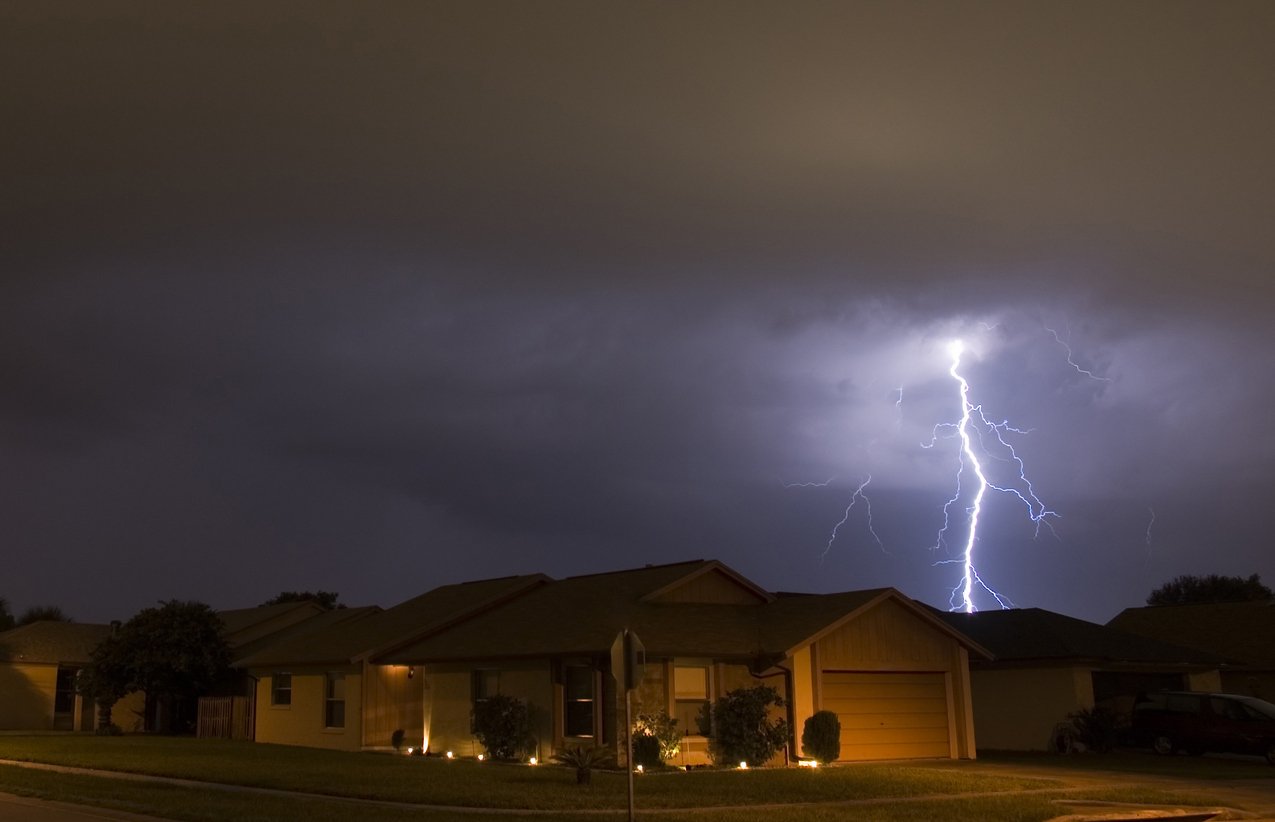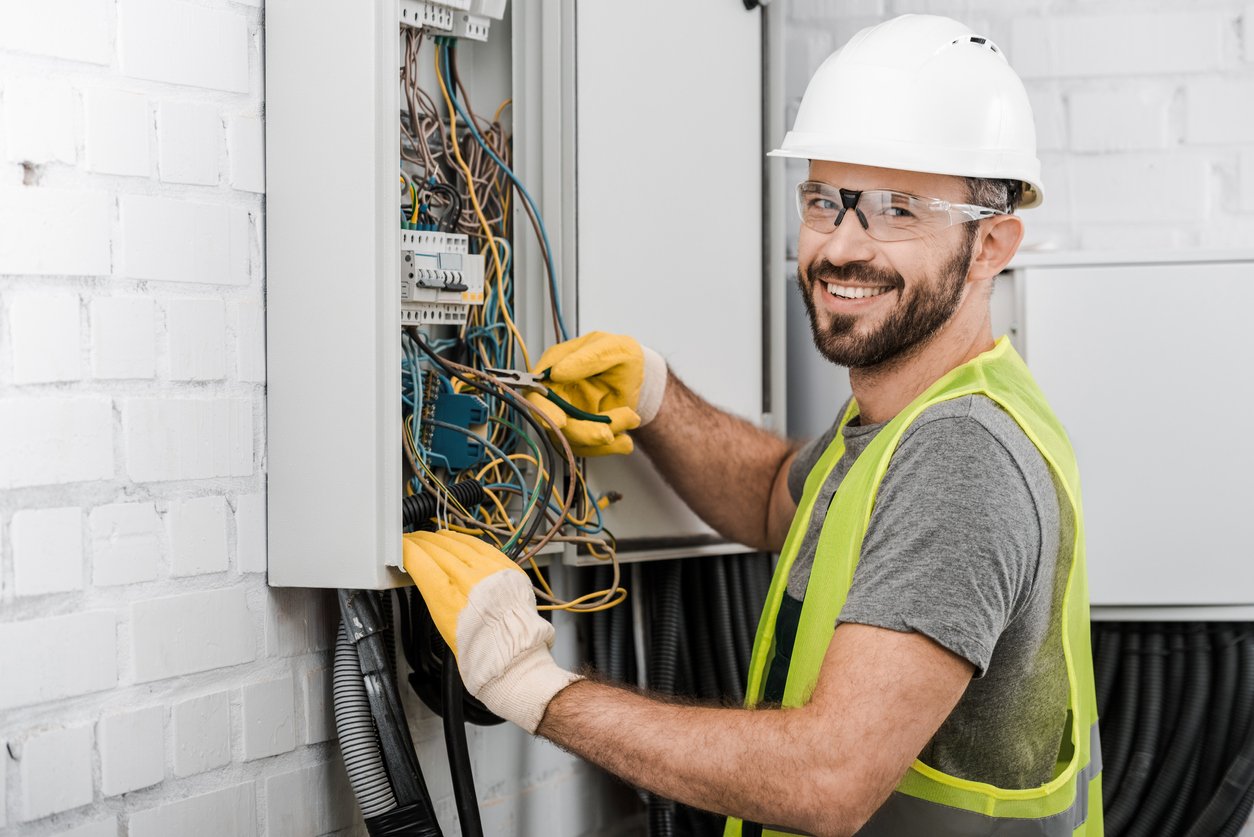Being a homeowner in an exercise in constantly staying ahead of whatever unexpected thing will befall your house next. What will break? What storm will hit? What exactly does a termite look like anyway?
There will definitely be situations you didn’t anticipate and things will break a lot. Taking some simple precautions can save you hundreds — if not thousands — in the long run.
Adding plug-in surge protectors or a whole home surge protector is one of those small things you can do that, in the event of a power surge, will protect your home in many ways. Our guide can help you understand surge protectors, the pros and cons of getting one and how to choose the right one for you and your budget.



